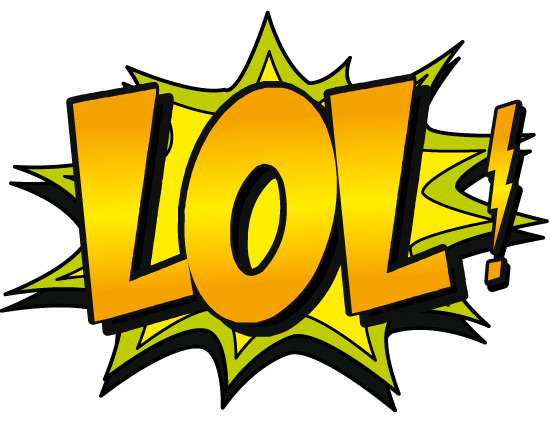Robo
Verified User
There Is No Santa Claus and Bill Clinton Was Not an Economic Savior
The truth is often painful but nonetheless it is important that we live in the real world. Just as little kids have to come to grips with the fact that there is no Santa Claus, it is necessary for millions of liberals, including many who think of themselves as highly knowledgeable about economic matters, to realize that President Clinton’s policies sent the economy seriously off course.
In Washington it is common to tout the budget surpluses of the Clinton years as some momentous achievement, as though the point of economic policy is to run budget surpluses. Of course the point of economic policy is to produce an economy that improves the lives of the people in a sustainable way. Clinton badly flunked this test.
The Clinton economy was driven by a stock bubble. This is not a debatable point. The ratio of market-wide stock prices to corporate earnings was well over 30 to 1 at the peak of the bubble in 2000. This is more than twice the historic average.
This run-up in stock prices drove the economy in two ways. First, since any good huckster could make millions selling shares in dot.whatever, we had many hucksters starting nutball businesses that never had a prayer of making a profit. This is not much of a long-run economic strategy, but in the short-term it led to an increase in investment.
The other way that the bubble drove the economy is through the wealth effect on consumption. The run-up in stock prices generated roughly $10 trillion in bubble wealth. The wealth effect from stock is usually estimated to be 3-4 cents on the dollar. This would mean that the bubble generated between $300 billion to $400 billion annually in additional consumption. This would have been 3-4 percent of GDP at the time ($480 billion to $560 billion annually in today’s economy). This is born out in the Commerce Department’s data which show that the saving rate fell from close to 7 percent at the start of the 1990s to around 2.0 percent at the peak of the bubble in 2000.
This was the economy that President Clinton handed to President Bush in January of 2001. It was an economy that was being carried by an unsustainable bubble that, in fact, already was in the process of deflating at the time Bush took office. The S&P 500 was more than 10 percent below its 2000 peak and the NASDAQ was down by more than 40 percent on the day that Bush took office. This pretty much guaranteed the recession that began in March of 2001. http://www.huffingtonpost.com/dean-baker/there-is-no-santa-claus-a_b_2362845.html
The truth is often painful but nonetheless it is important that we live in the real world. Just as little kids have to come to grips with the fact that there is no Santa Claus, it is necessary for millions of liberals, including many who think of themselves as highly knowledgeable about economic matters, to realize that President Clinton’s policies sent the economy seriously off course.
In Washington it is common to tout the budget surpluses of the Clinton years as some momentous achievement, as though the point of economic policy is to run budget surpluses. Of course the point of economic policy is to produce an economy that improves the lives of the people in a sustainable way. Clinton badly flunked this test.
The Clinton economy was driven by a stock bubble. This is not a debatable point. The ratio of market-wide stock prices to corporate earnings was well over 30 to 1 at the peak of the bubble in 2000. This is more than twice the historic average.
This run-up in stock prices drove the economy in two ways. First, since any good huckster could make millions selling shares in dot.whatever, we had many hucksters starting nutball businesses that never had a prayer of making a profit. This is not much of a long-run economic strategy, but in the short-term it led to an increase in investment.
The other way that the bubble drove the economy is through the wealth effect on consumption. The run-up in stock prices generated roughly $10 trillion in bubble wealth. The wealth effect from stock is usually estimated to be 3-4 cents on the dollar. This would mean that the bubble generated between $300 billion to $400 billion annually in additional consumption. This would have been 3-4 percent of GDP at the time ($480 billion to $560 billion annually in today’s economy). This is born out in the Commerce Department’s data which show that the saving rate fell from close to 7 percent at the start of the 1990s to around 2.0 percent at the peak of the bubble in 2000.
This was the economy that President Clinton handed to President Bush in January of 2001. It was an economy that was being carried by an unsustainable bubble that, in fact, already was in the process of deflating at the time Bush took office. The S&P 500 was more than 10 percent below its 2000 peak and the NASDAQ was down by more than 40 percent on the day that Bush took office. This pretty much guaranteed the recession that began in March of 2001. http://www.huffingtonpost.com/dean-baker/there-is-no-santa-claus-a_b_2362845.html






